Welcome back to my Get The Look series. We had some fun in February's Get The Gold Look and you can find those posts here. This week I wanted to try digging into another on-trend look and that is the Watercolour look. But before we go rooting around for our watercolour paints or rushing out to buy some, why don't we try our ink pads?
Yep, it is Get The Look – Watercolour Using Ink Pads!
Let's get stuck in!
Why Ink Pads?
Well, I'm guessing that if you are a stamper or a cardmaker then you might have a couple of these just lying about, am I right?
As a stamper and cardmaker, you might have been checking out all those lovely watercolour looks and wondering if you should invest in some watercolour paints. The answer is 'YES', you most definitely should! I love watercolours!
But before you do, let me give you some bridging ideas to play with using products you probably already have and then hopefully build up your confidence to make that leap into paints.
Not a stamper / cardmaker? Don't worry – I'm not being exclusive! You might find a little exploration into ink pads fun and useful too.
OK, Which Ink Pads Can I Try?
Try them all! Yep, all of them. OK, so I say 'all' but don't bother with those that are designed to dry immediately such as the solvent-based ink pads like Tsukineko StaZon, it just ain't gonna work. But do try everything else!
There are now a quadrillion ink pads on the market. I've counted them all and it comes to just under a quadrillion, but, hey, whose counting? I just said I was – pay attention!
Yep, there are loads and they come in lots different formulations – dye, pigment, hybrid, some are water-based and some are solvent-based. Subsequently, you are going to get some that work easily with this technique and some that don't like it at all.
Water-based dye ink pads like the Ranger Distress inks work beautifully with this technique, as you probably already know if you have these ink pads. Distress inks are great if you want an aged look to your watercolour effects. But I'm going to go out on a limb here and say I'm usually a bit disappointed with the effect of distress inks once they are dry. Some of the colours I love but some just don't rock my boat (or should that be float my boat?).
Call me fussy but for my watercolour looks I want that translucent, bright colour that comes from artist-grade watercolour and if I can't have it, I'm gonna fake it!
So the ink pads that have worked well for me are:
Tsukineko MementoLUXE - pigment
Tsukineko Memento - dye
Tsukineko Brilliance - pigment
Tsukineko VersaColor - pigment
Hero Arts Shadow - dye
Clearsnap ColorBox Chalk - blended ink (I'm guessing that is like hybrid?)
Clearsnap ColorBox Classic - pigment
My Favourite Things - Hybrid ('looks like pigment but dries like dye')
Avery Elle - pigment
Mama Elephant - pigment (although the colours I have come out very matt, almost chalky)
A note about Ranger Archival ink pads: Archival is a quick-drying dye ink and has an almost oil-like texture and doesn't play well with water, which is great for most of the jobs you traditionally would use it for. But in the spirit of experimenting, if you do mix it with water it turns into grains of colour that doesn't paint well but could look cool on the right project, so you might want to try it to see what you think. Also you will need a strong soap to wash out any brush you use with Ranger Archival ink – you have been warned!
OK, that is the full extent of the inks I have in the house, so feel free to try what you have and let me know how it goes!
Just Show Me How To Use Them Already!
Not asleep yet? Then let me show you how to make these watercolour effects with your ink pads.
You will need:
Ink pads - I've used Tsukineko MementoLUXE Dandelion and Hero Arts Shadow Raspberry Jam mid-tone
Piece of plastic (bit of old packaging)
Brush
Water
Cardstock (ordinary, smooth, white, around 290 gsm or more)
Step 1
Lightly wet your brush and swipe it over the cardstock, I'm going to cut my panel with a die so I've placed the die on the card to guide where I should place the colour.
Step 2
Press a corner of the ink pad onto the piece of plastic – you can use anything from old packaging to a proper palette as long as it is a non-absorbent surface.
Step 3
Use a wet brush to pick up the ink from the plastic and swipe it over the wet areas on the cardstock and watch it spread.
Step 4
Press a different colour ink pad onto the plastic and pick up the colour with a clean, wet brush and flick the colour across your watercoloured cardstock.
Easy, right?
Get The Look Watercolour Super Tips!
- Working with watercolours, or 'fake' watercolours, is all about getting a feel for the amount of water you want for the look you are trying to get and that only comes with practice.
- Don't overload a surface with water; if you do, let it dry to a just shiny sheen before you work on it.
- The temptation is to overwork the colour on a surface but you will get your best serendipity looks if you just let it be and let it dry naturally.
- Keep the plastic you have been using as a palette: some of your inks are still workable for quite some time, even weeks, especially the pigment inks.
- Paper is key with watercolouring techniques – when people ask me, I tend to say try what you have already and aim for over 290 gsm. For my card making I am often using an ordinary smooth white cardstock with a high gsm. If you are going to get specialised watercolour paper, then invest in a good artist brand, it is worth it.
- Brushes – again it is worth investing in some artist, or student-artist, quality brushes, they are less likely to drop hairs into your work.
- Final tip, some of the inks you are working with will be permanent once dry and some of them will still respond to water even after they have dried, so it's worth checking out if you need to put in layers over the top of your work.
The gold feather? Well the feather die was the free cover gift on Simply Cards and Papercraft Issue issue 132 (still available btw) and I used the transfer foil and Stick It method that I talked about in Get The Look - Gold Transfer Foils, go check it out!
Watercolours and watercolouring techniques are HUGE-MUNGOUS topics and this blog post doesn't even brush the iceburg tip, but if it helps you experiment with some of the products you might already have then my job is done and I hope that you have fun exploring what you can do with your ink pads!
If you are looking for some more watercolour inspiration, this time using various watercolour or acrylic paints, then check out these posts...
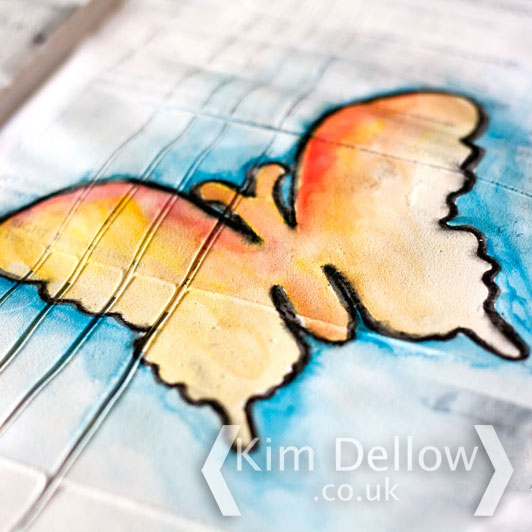
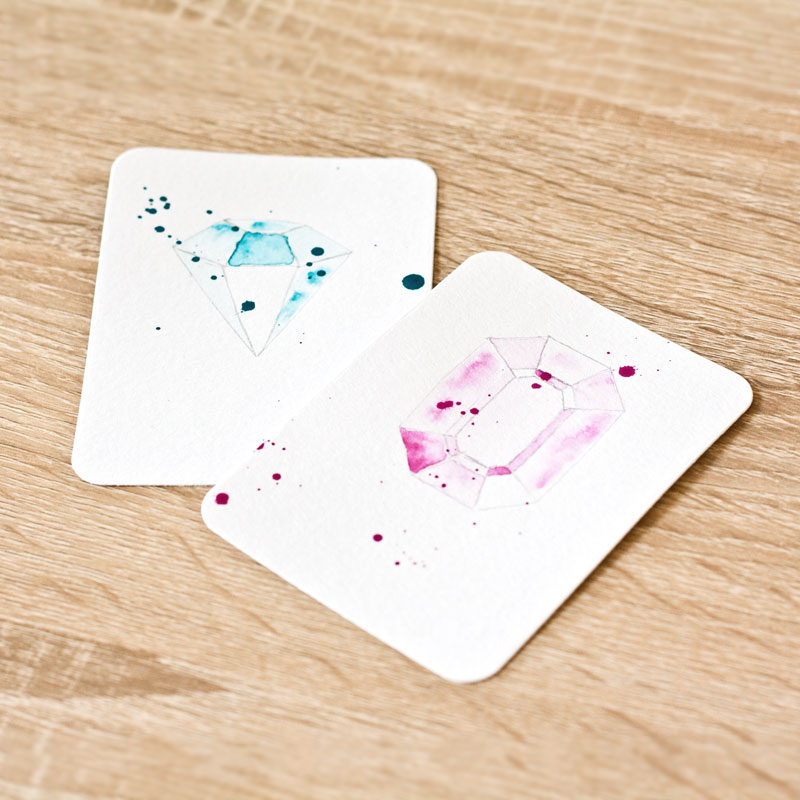
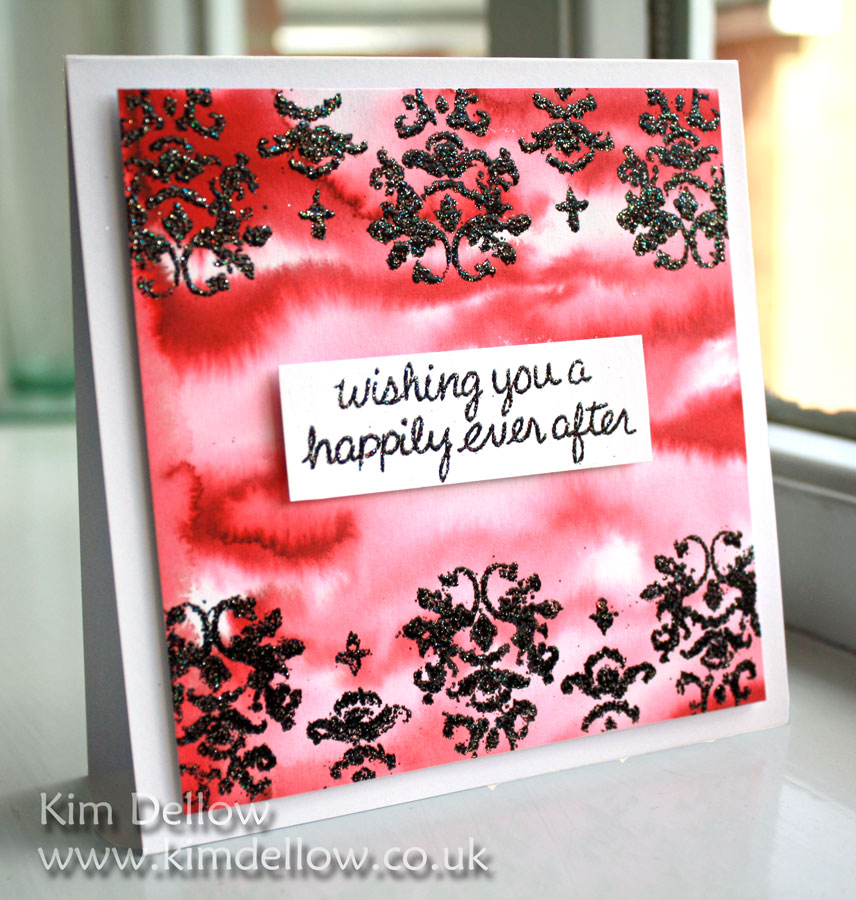
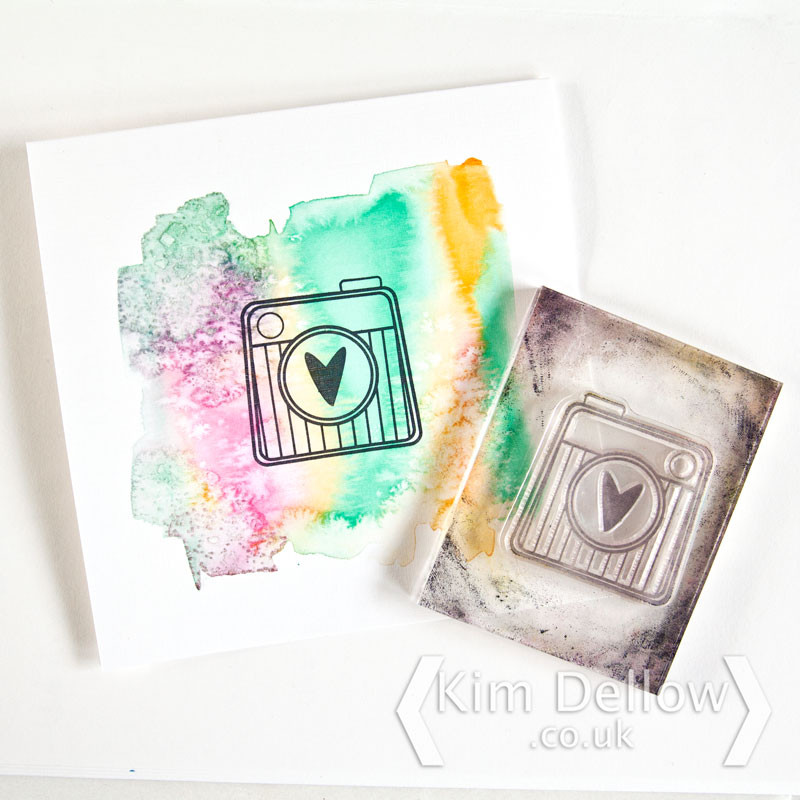
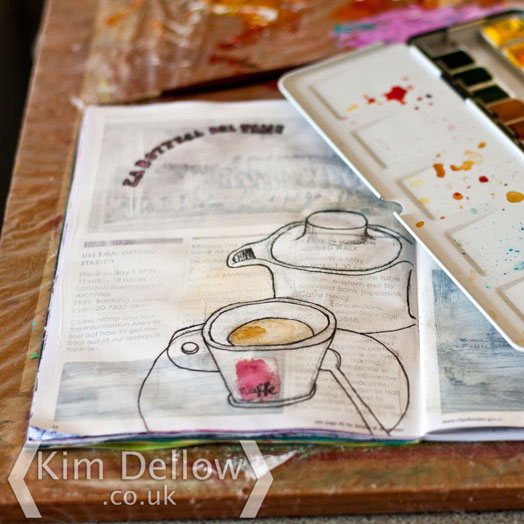
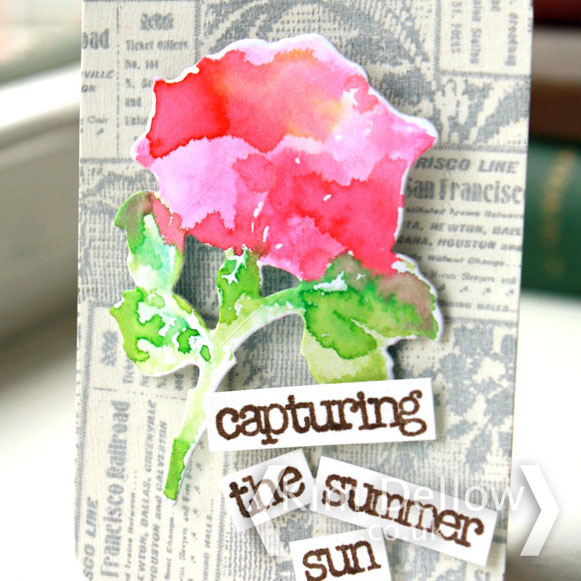
What things do you get up to with your ink pads? Do you like the Watercolour look? Thinking of trying it if you haven't already? Do share any of your ink pad or watercolour stories in the comments below.
Have fun Getting The Look this week.





































